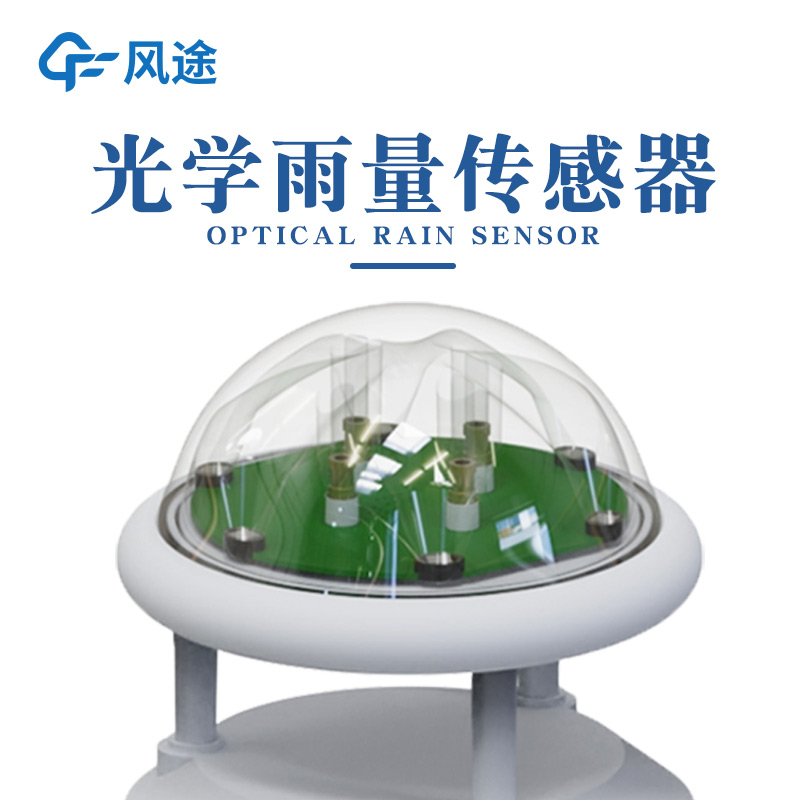Shandong Fengtu IOT Technology Co., Ltd
Sales Manager:Ms. Emily Wang
Cel,Whatsapp,Wechat:+86 15898932201
Email:info@fengtutec.com
Add:No. 155 Optoelectronic Industry Accelerator, Gaoxin District, Weifang, Shandong, China

Sales Manager:Ms. Emily Wang
Cel,Whatsapp,Wechat:+86 15898932201
Email:info@fengtutec.com
Add:No. 155 Optoelectronic Industry Accelerator, Gaoxin District, Weifang, Shandong, China
time:2024-07-15 09:08:12 source:Weather Station viewed:207 time
Measuring rainfall is a key aspect of meteorological monitoring, which is directly linked to our daily travel plans and has a significant impact on many areas such as irrigated agriculture, water resource management and transport. So how does the meteorological field measure rainfall?
Automatic rainfall monitoring relies on two main types of instruments: optical rain gauges and radar rain gauges.
1. Optical rain gauges measure precipitation through light sensing technology. It uses optical sensors to sense how much the light beam is blocked by the precipitating material, and then converts this information into a value for the amount of precipitation using a built-in algorithm.
2. A radar rain gauge, on the other hand, detects precipitation distribution by emitting radar waves and receiving their echoes. It estimates the amount of precipitation based on the reflected signals of the radar waves through a specific algorithm.
Both instruments have their own advantages. Optical rain gauges are suitable for measuring precipitation accurately over a small area, while radar rain gauges are more suitable for monitoring the distribution of precipitation over a large area.
Rain sensors are instruments that are designed to measure the amount of rainfall, capturing how much or how strong it is through specific sensing techniques. Such sensors play an important role in several key areas.
In meteorology, the data provided by rain sensors is essential for producing accurate weather forecasts and in-depth climate analyses. In agriculture, it assists farmers in pinpointing the best time to irrigate and the amount of water needed. In water management, rain sensors play an important role in monitoring water resources, flood prevention, and drought assessment.

noise detector monitors ambient noise levels and sends data to a platform or controller with a digital LCD display for indoor/outdoor use....
Soil is a key natural resource and is vital for crop growth. Crops are affected by dry or excessively wet soils, and economic and social development and climate change have exacerbated the problem of drought, leading to increased water scarcity and associated disaster losses. In hilly and forested a...
As the scale of the power grid continues to expand, the number and length of transmission lines are also growing rapidly, posing increasing challenges to traditional transmission line inspection methods. Traditional inspection methods not only involve a huge workload but also have many shortcomings,...
As an important means of flood and drought disaster early warning, the automatic monitoring system of water and rain is of great significance to the realization of water resources security. Like the automatic weather station, it has the functions of data collection, analysis, processing and early wa...